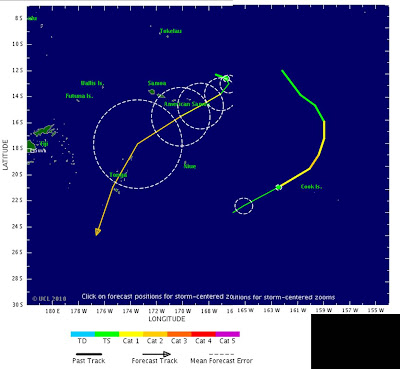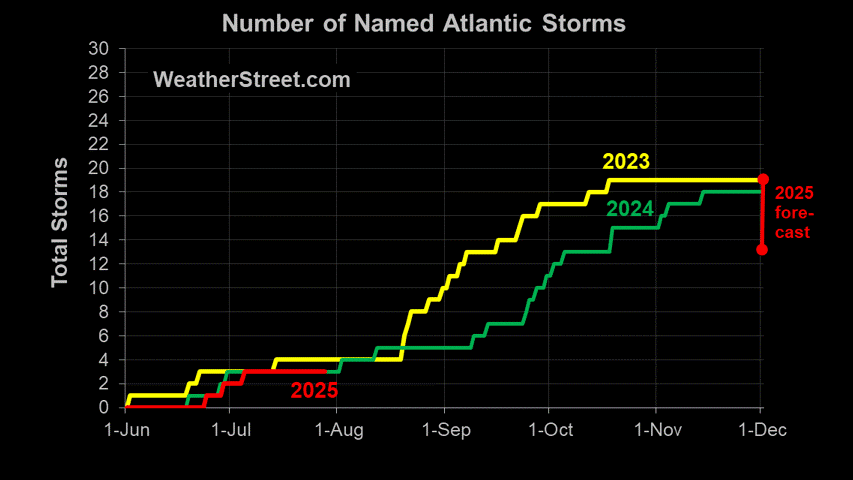Tsunamis traverse Pacific Ocean
 Chart of the Chile tsunami's travel time, released by the National Atmospheric and Oceanic Administration. Photograph: AFP/Getty Images (Courtesy of guardian.co.uk)
Chart of the Chile tsunami's travel time, released by the National Atmospheric and Oceanic Administration. Photograph: AFP/Getty Images (Courtesy of guardian.co.uk)
Fortunately, most of these warnings proved to be non-events. Waves averaging just under 1/2 meter (1.44 ft) came ashore with the smallest waves of 0.04 m (0.1 ft) reaching the shore at Tonga and the waves of 1.79 m (5.9 ft) reaching French Polynesia.
Since the epicenter of the quake was located off-shore, some of the highest waves pushed back onto the Chilean shore. Wave heights of 1.29 meters (4.2 ft) were recorded in Valparaiso, 1.32 meters (4.3 ft) in Coquimbo and 2.34 meters (7.7 ft) in Talcahuano. While most regions around the Pacific Rim had warning times that could be measured in several hours to 1/2 - 3/4 of a day, Chile only had minutes from the earthquake before the tsunami waves sloshed ashore.
Source: Chile earthquake: where the tsunami struck (The Guardian)
The devastating earthquake that has struck Chile also caused a string of tsunamis across the region.
Although the tsunamis weren't as strong as first feared, they also caused deaths and destruction: as many as 350 people had died in one Chilean coastal town, Constitución, which was hit first by the earthquake and then by a tsunami.











